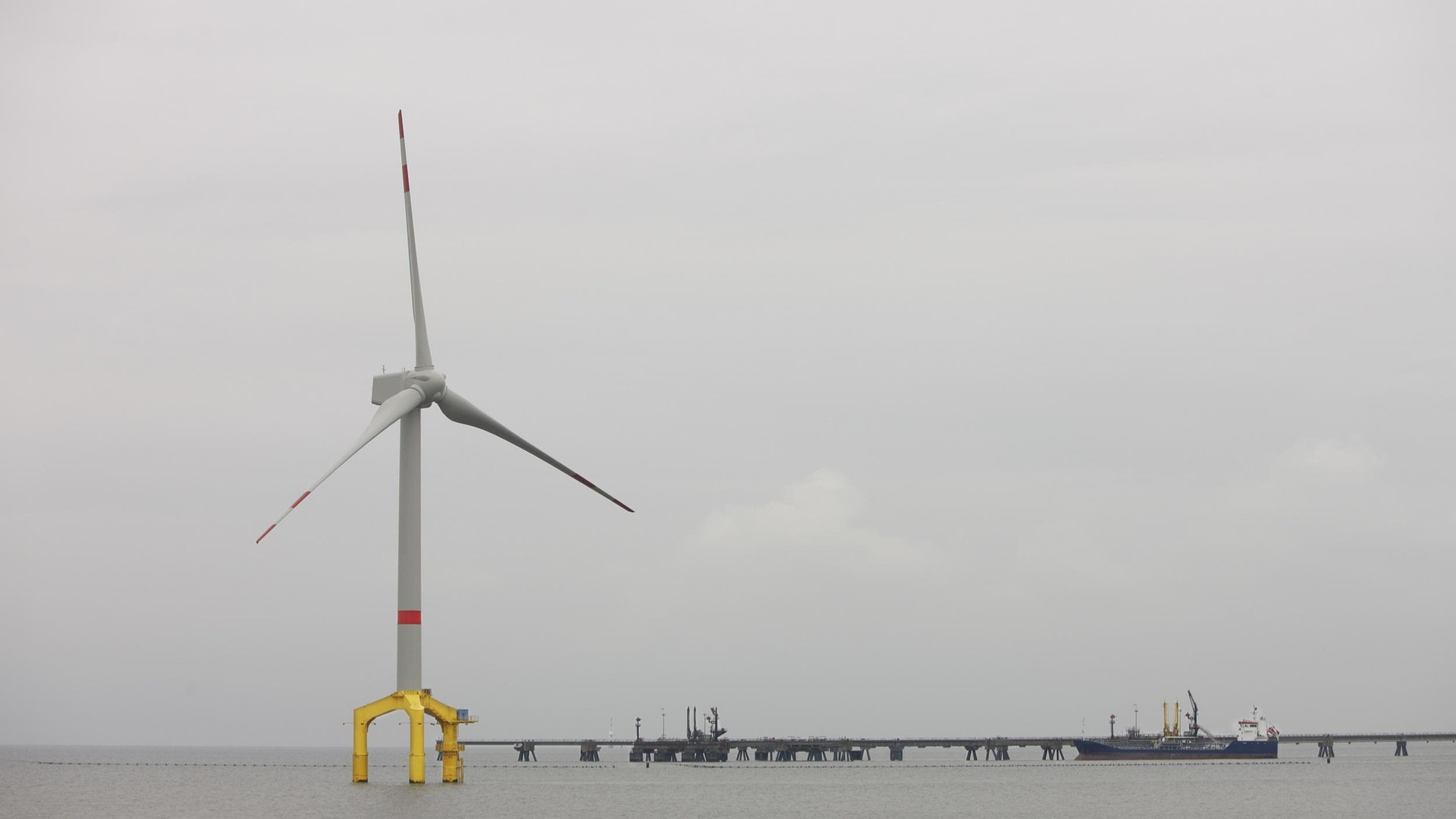Broader pattern of federal pushback
Although Revolution Wind has drawn the most attention because of its near-completion status, it is not an isolated case. Earlier in 2025, the 810-MW Empire Wind 1 project offshore New York was halted by a similar order, costing its developer Equinor an estimated $50 million per week. Only direct negotiations between New York Governor Kathy Hochul and federal officials revived the project. In parallel, the New England Wind project, with a planned capacity of 2.6 GW, faces permit revocation as the administration seeks to remand approvals already granted. Most recently, Maryland Offshore Wind, a 2.2 GW project led by US Wind, has seen its construction and operations plan approval targeted for revocation under the Outer Continental Shelf Lands Act. Together, these cases suggest a deliberate federal strategy of challenging offshore wind, even for projects that cleared multi-year reviews and spanned several presidential administrations.
Economic and policy consequences
The financial implications of these interventions ripple far beyond the developers themselves. Ørsted’s lawsuit filing over Revolution Wind underscores how developers are forced to defend not just their capital but also their legal rights to build projects they were assured could proceed. Equinor’s delays at Empire Wind highlight how sunk costs can escalate rapidly when construction is suspended. Investor confidence has been shaken: banks now weigh the risk that projects, even with all permits in place, can be halted at the eleventh hour. The Institute for Energy Economics and Financial Analysis notes that uncertainty is raising financing costs across the board, not just for wind but also for gas pipelines and nuclear projects. On the policy side, ISO New England has already flagged reliability concerns, noting that its near-term grid planning assumes Revolution Wind will come online by 2026. Industry advocates, such as the Oceantic Network, argue that halting permitted projects undermines a $25 billion domestic supply chain, jeopardizing investments in U.S. shipbuilding, steel, and manufacturing while raising electricity prices for millions of consumers.







